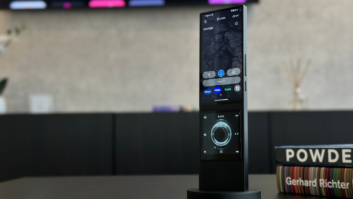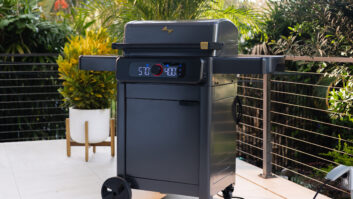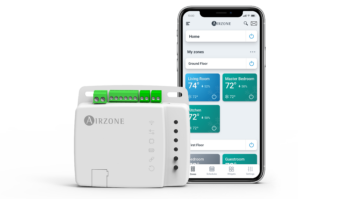New York – HTC and Microsoft are positioning HTC’s first two Windows Phone 8 smartphones as “the signature phones” among Windows phones, and the two companies will closely coordinate promotion strategies “to deliver a single integrated marketing campaign,” HTC president Jason Mackenzie said during a press conference, here.
“We’re going to go big with these phones,” Mackenzie said. Microsoft and HTC have “completely aligned” their marketing messages in TV ads and in-store displays, he added.
The campaign will reach consumers “in a clear and direct manner,” Ballmer promised.
Underscoring the closeness of the companies’ cooperation, HTC eschewed model names such as One X or Rezound for the straightforward Windows Phone 8X by HTC and Windows Phone 8S by HTC. Microsoft partner Nokia, in contrast, uses the name Lumia for its Windows Phone smartphones.
The 8X will be available this year in the U.S. through AT&T, Verizon and T-Mobile, but not Sprint, as part of a worldwide November launch through more than 150 carriers in more than 50 countries, a spokesman said. The U.S. carriers didn’t release pricing or name the date on which the 8X would be launched this year.
The U.S. carriers’ 8X versions features 4G LTE and HSPA+ cellular technology. The 8S lacks LTE.
Mackenzie was joined during the launch event by HTC CEO and founder Peter Chou and Microsoft CEO Steve Ballmer, who said the HTC launches represent “a new and simpler approach” to the branding and naming of products. With the naming convention, Chou added, the companies are saying to consumers that “if you want a Windows Phone, here is the Windows Phone 8X and 8S.”
Both phones will be available in multiple colors that will be color-coordinated with the color of the tiles on the Windows Phone 8 touchscreen.
In their industrial design, both phones pick up on design cues in the tile-based Windows Phone 8 user interface, which HTC design VP Scott Coyle described as “simple, crafted and human.” One result is phones with “a super-thin edge” to mimic the phone user interface’s two-dimensional tiles and a chassis that’s as fluid and smooth as the user interface, said HTC design VP Scott Croyle. HTC delivered fluid and smooth styling by adopting a unibody chassis and Corning Gorilla Glass screen, whose glass curves into the sides of the phones to create a “continuous surface,” he said.
To deliver a phones with a thin edge on all four sides, HTC selected existing components and developed custom-built components so that they could be stacked internally in pyramid form. Away from the edges, the phones’ chassis gets thicker to reach 0.4 inches on the 8X and 0.41 inches on the 8S.
The higher-performance 8X features a 4.3-inch, 1,280 by 720 HD touchscreen with 341 pixels per inch; Qualcomm S4 dual-core 1.5GHz processor; Micro SIM card; 16GB of storage and 1 GB of RAM; nearfield communications (NFC); Beats Audio technology; and the same camera module and imaging chip as the flagship Android-based One X. Rear-camera features include 8-megapixel image capture, 1080p video recording, f/2.0 aperture and 28mm lens.
The front-facing camera is a 2.1-megapixel camera with 1080p video capture, f/2.0 aperture, and “ultra-wide-angle lens” that lets users capture themselves and their friends in group shots. The 8X also features Wi-Fi 802.11a/b/g/n with dual-band n.
The 8S features 4-inch WVGA 800×480 touchscreen, 4GB of memory, 512MB of RAM, Micro SIM, MicroSD slot, Beats Audio, HSPA+ cellular, WI-Fi 802.11 b/g/n, 5-megapixel rear camera and no front camera. The rear camera’s aperture is f/2.8, and its lens is 35mm.
Both models feature dedicated camera button.













